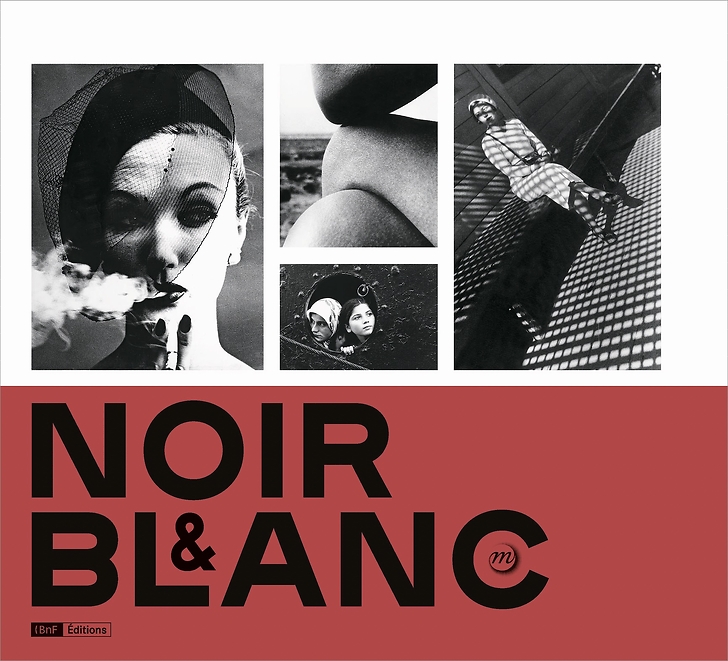Noir & Blanc : a photographic aesthetic - Exhibition catalogue
EK197522
WRITTEN IN FRENCH
Rooted in the history of photography, black and white embodies the essence of the discipline through its aesthetic and plastic force.
The exhibition at the Grand Palais invites visitors to discover the emblematic prints of the BnF's exceptional collections through this cross-cutting...
Read more
WRITTEN IN FRENCH
Rooted in the history of photography, black and white embodies the essence of the discipline through its aesthetic and plastic force.
The exhibition at the Grand Palais invites visitors to discover the emblematic prints of the BnF's exceptional collections through this cross-cutting theme.
Black-and-white photography, strictly speaking, emerged in the 1880s, producing contrasts of pure black and white, combined with a range of greys - previously photographers had used a palette ranging from sepia to deep blues.
Black-and-white photography predominated until the 1970s, despite the introduction of colour processes. While the use of colour intensified in the mid-1970s, black and white was maintained in some photographic movements that employed it as a means of aesthetic expression emphasizing graphics and material. In addition, it appears to be the bearer of a universal, timeless and even memorial dimension, where colour would be the translation of the contemporary world. Beyond an economic and technical justification, the persistence of the use of black and white can be explained by the fact that it has come to embody the very essence of photography and, therefore, "beautiful photography".
The catalogue presents a selection of 200 of the exhibition's greatest masterpieces organised by themes (contrasts, light and shadow, colour charts, etc.). This journey is contextualized by essays dealing with the history, technique, and aesthetic issues of this medium.
Exhibition at the BnF from October, 17 2023 to January,21 2024.
French
264 pages / 250 illustrations
Co-publishing Rmn-Grand Palais with the Bibliothèque nationale de France
Close
Login to see prices
Sold by GrandPalaisRmn






